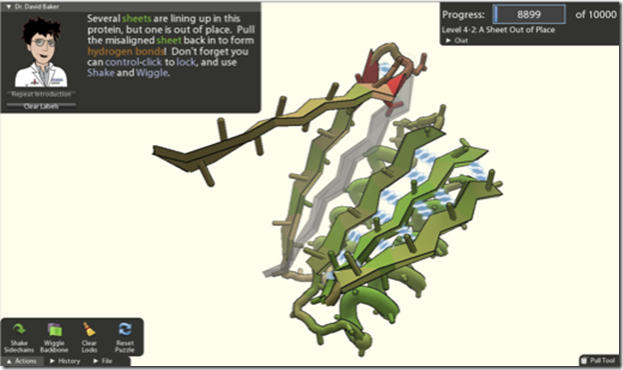Flashback to October 31, 2008.
At the time, political observer Peggy Noonan gushed in the WSJ about presidential candidate Barack Obama:
Obama and the Runaway Train The race, the case, a hope for grace.
Here’s the case for Barack Obama, in broad strokes:
He has within him the possibility to change the direction and tone of American foreign policy, which need changing;
His rise will serve as a practical rebuke to the past five years, which need rebuking;
His victory would provide a fresh start in a nation in which a fresh start would come as a national relief.
He climbed steep stairs, born off the continent with no father to guide, a dreamy, abandoning mother, mixed race, no connections.
He rose with guts and gifts.
He is steady, calm, and … shows good judgment in terms of whom to hire and consult, what steps to take and moves to make.
Now, fast-forward to 2012 … last Friday in the WSJ:
Obama increasingly comes across as devious and dishonest.
The level of dislike for the president has ratcheted up sharply the past few months.
What is happening is that the president is coming across more and more as a trimmer, as an operator who’s not operating in good faith.
And it’s his fault, too. As an increase in polarization is a bad thing, it’s a big fault.
The shift started on Jan. 20, with the mandate that agencies of the Catholic Church would have to provide birth-control services the church finds morally repugnant.
Faced with the blowback, the president offered a so-called accommodation that even its supporters recognized as devious.
Not ill-advised, devious. Then his operatives flooded the airwaves with dishonest — not wrongheaded, dishonest — charges that those who defend the church’s religious liberties are trying to take away your contraceptives.
Events of just the past 10 days have contributed to the shift.
There was the open-mic conversation with Russian President Dmitry Medvedev in which Mr. Obama pleaded for “space” and said he will have “more flexibility” in his negotiations once the election is over and those pesky voters have done their thing.
On tape it looked so bush-league, so faux-sophisticated.
It was all so . . . creepy.
Next, a boy of 17 is shot and killed under disputed and unclear circumstances. The whole issue is racially charged, emotions are high, and the only memorable words from the president’s response were,
“If I had a son he’d look like Trayvon.”
Suddenly there were death threats and tweeted addresses and congressmen in hoodies.
At the end of the day, the public reaction seemed to be: “Hey buddy, we don’t need you to personalize what is already too dramatic, it’s not about you.”
Now this week the Supreme Court arguments on ObamaCare, which have made that law look so hollow, so careless, that it amounts to a characterological indictment of the administration.
The constitutional law professor from the University of Chicago didn’t notice the centerpiece of his agenda was not constitutional? How did that happen?
The high court’s hearings gave off an overall air not of political misfeasance but malfeasance.
From the day Mr. Obama was sworn in, what was on the mind of the American people was financial calamity — unemployment, declining home values, foreclosures.
But the new president wasn’t thinking about that. All the books written about the creation of economic policy within his administration make clear the president and his aides didn’t know it was so bad, didn’t understand the depth of the crisis, didn’t have a sense of how long it would last.
He presided from his hermetically sealed inner circle, which operates with what seems an almost entirely abstract sense of America.
They know Chicago, the machine, the ethnic realities. They know Democratic Party politics. They know the books they’ve read, largely written by people like them — bright, credentialed, intellectually cloistered.
As a former president he’ll be quiet, detached, aloof.
He’d make speeches and write a memoir laced with a certain high-toned bitterness.
It was the Republicans’ fault. They didn’t want to work with him.
My, how times change …

